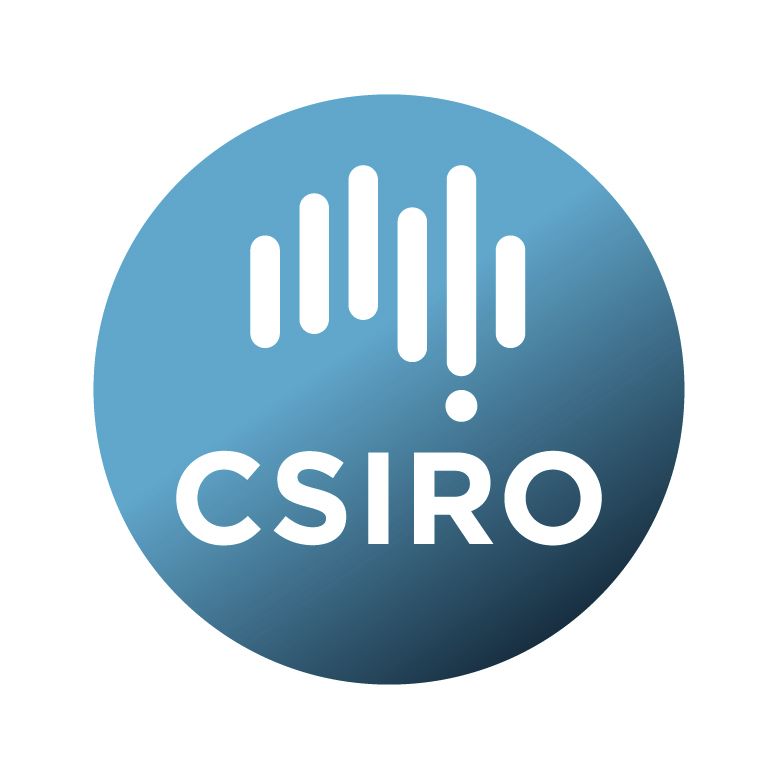Brief description
The SEABORNE (Sustainable UsE And Benefits fOR mariNE) has consolidated and synthesised existing information about who is using the Reef, how it is being used and what the benefits are from this use. SEABORNE began in November 2021, and initially, we were provided with a list of potential datasets relevant to our project in a spreadsheet. To this, we continued to search various data portals online and find additional datasets relevant to our project, particularly focusing on the Great Barrier Reef. We recorded these initially in an Excel spreadsheet. We then transferred this to an MS Access database and developed a more user-friendly entry form. Within the MS Access database, there is one table that stores all the metadata records entered. And another table that stores the static preview images. There are 58 fields (which have been described in a data dictionary) – some of these are mandatory. At the moment there are 3 metadata records entered and we expect this to grow to 50-100 records by the completion of the project.Lineage: Data was produced by examining each of the datasets metadata and documenting various features of each of the individual datasets and how useful they were for examining ecosystem services. Data was initially entered in excel, then migrated to MS Access database, and then imported or read in by SHiny R app.
Available: 2024-07-09
Data time period: 2021-11-01 to 2024-07-31
Subjects
Cultural Geography |
Development Studies |
Economic Geography |
Great Barrier Reef |
Human Society |
Human Geography |
Other Human Society |
Other Human Society Not Elsewhere Classified |
Political Economy and Social Change |
Reef |
Socio-Economic Development |
Sociology |
Sociology of Culture |
abiotic |
cultural |
ecosystem services |
provisioning |
regulating |
social |
social-economic |
User Contributed Tags
Login to tag this record with meaningful keywords to make it easier to discover
Identifiers
- DOI : 10.25919/WKKK-6G61

- Handle : 102.100.100/608610

- URL : data.csiro.au/collection/csiro:61286



